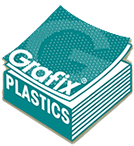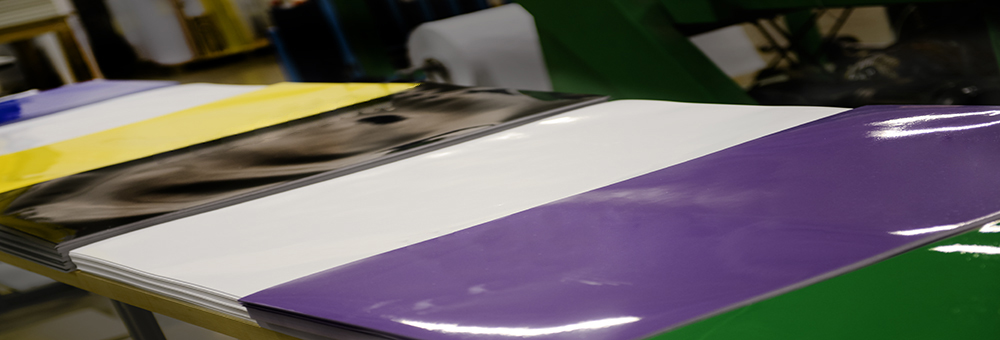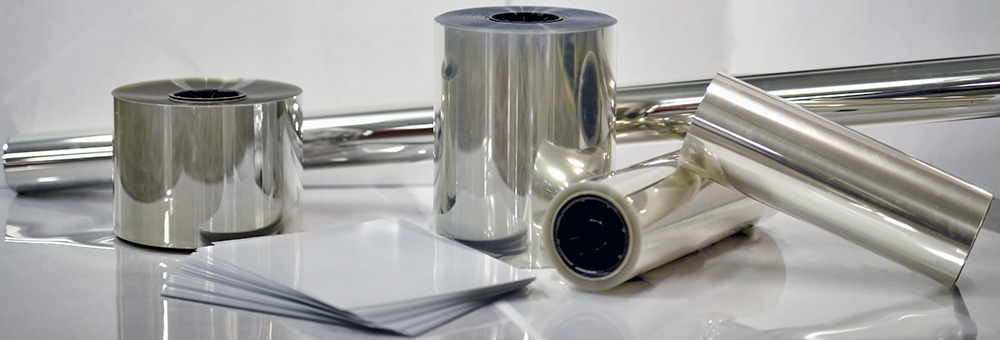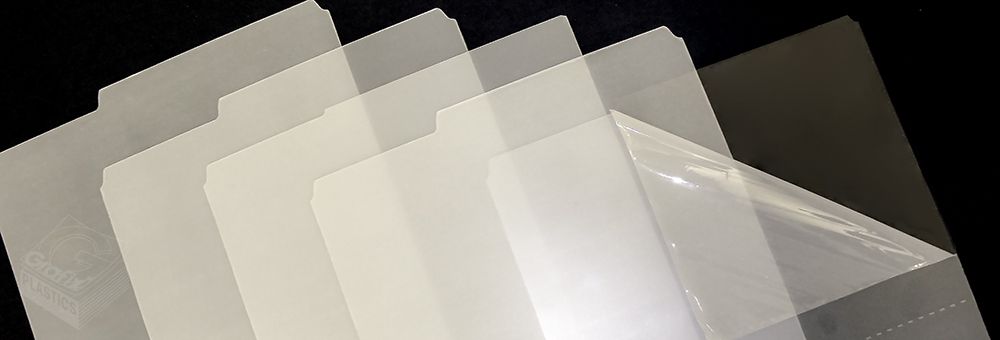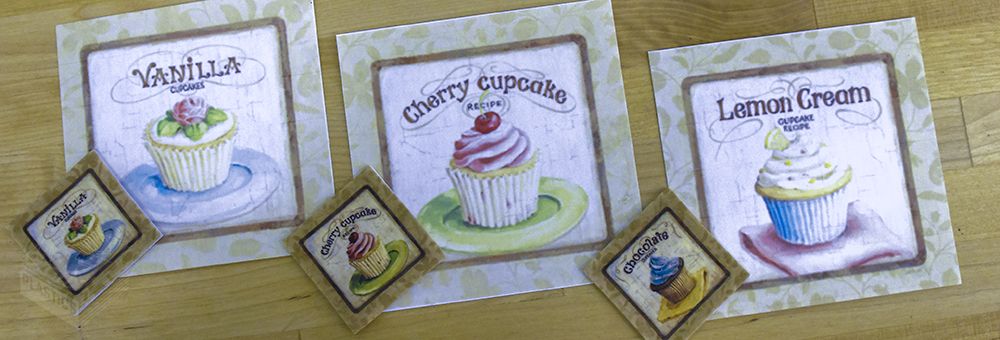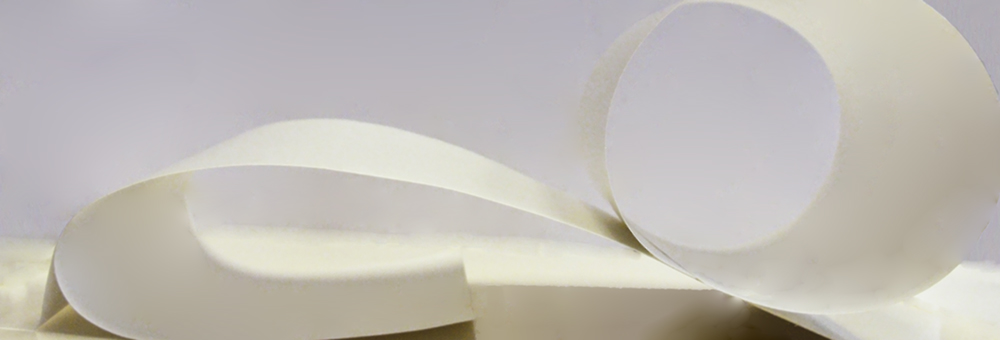What is the heat resistance of Laser-printable film?
What is the heat resistance of Laser-printable (PPC/Laser) film? PPC/Laser Ffilm is designed to handle the quick high heat exposure in toner-based plain-paper copiers and laser printers. Its coatings are designed to be used in environments up to 85C/185F. At higher temperatures, the printable surface could yellow, or lose some of its toner adhesion properties. … Read more
